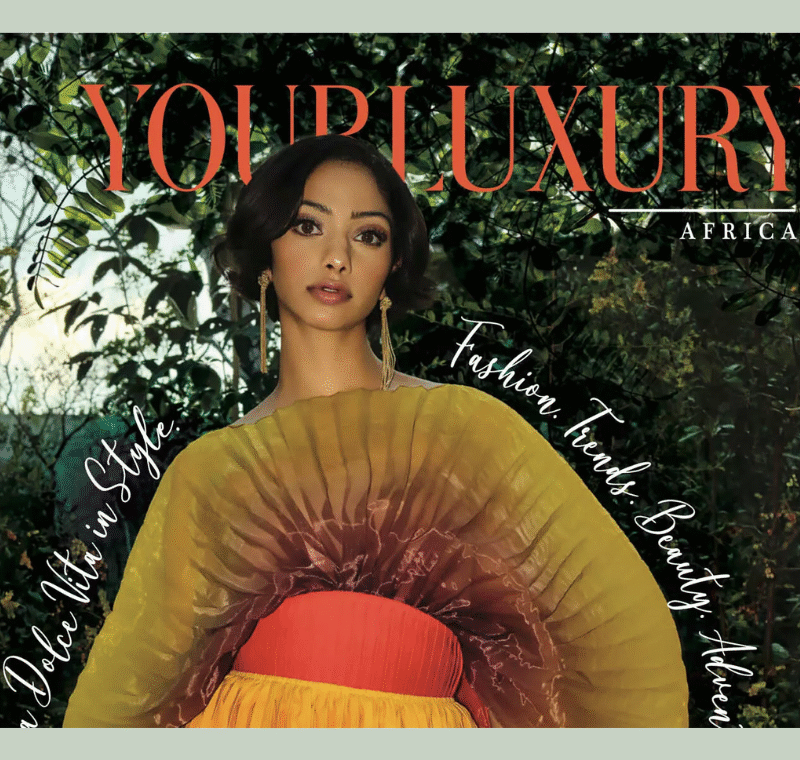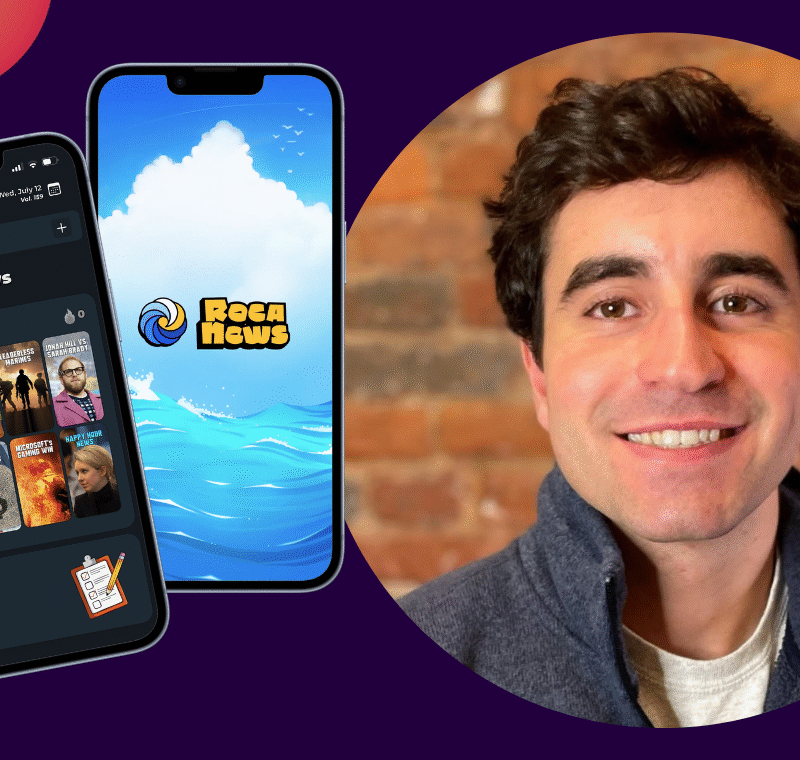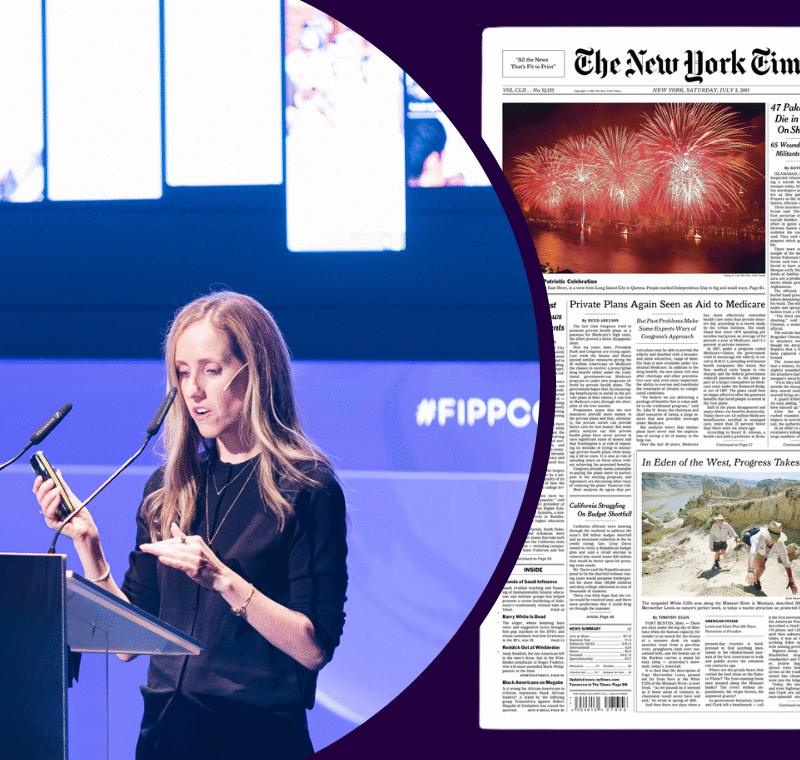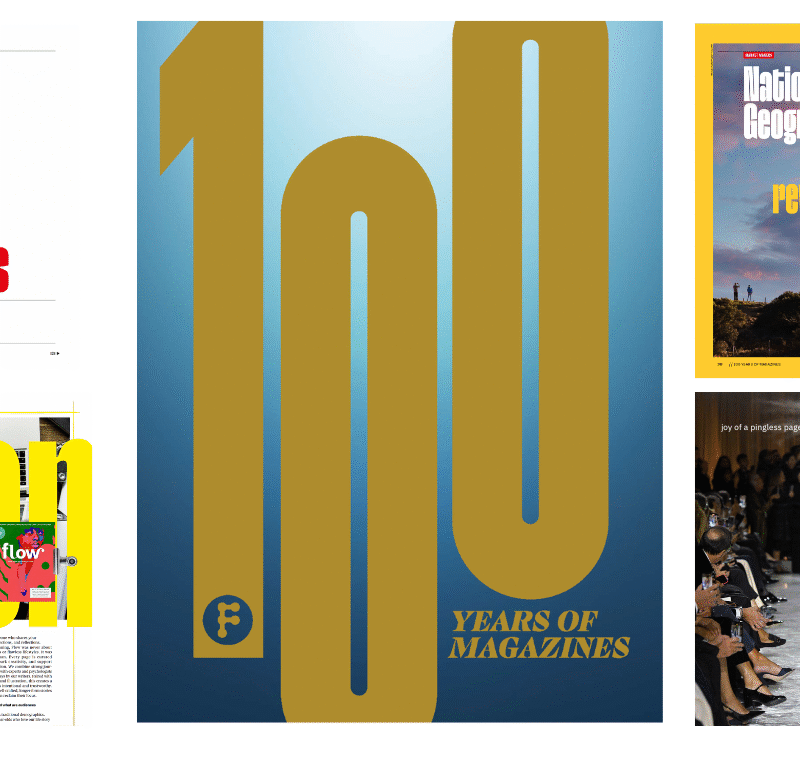Naturally good: Lessons in content licensing from the National Wildlife Federation
In the ongoing battle against climate change, the National Wildlife Federation acts as a beacon of hope. One of the oldest and most trusted non-profit conservation organisations in the US, the NWF has, since 1936, been driven by a mission to unite all Americans to ensure wildlife thrives in a rapidly changing world.
And their efforts have found a huge audience. The NWF has a six-million-plus membership and a vast network of regional centers and affiliates. As a publisher, the organisation’s numbers are equally impressive – the NWF’s nature and edutainment magazines rake in a readership of over two million.

“From rejoining fragmented habitats to bridging divides between nature, people, and communities, the National Wildlife Federation is a connector in today’s very unconnected world that is at an inflection point,” says Marianna Gapanovich, Head of Content Licensing at the NWF.
“The Federation is committed to protecting and recovering wildlife, upholding environmental justice, transforming conservation practices, and fostering a bond between people and nature. Our programmes address climate change and focus on restoration of biodiversity, conservation of land and water, communities’ engagement, and growing and educating future conservationists.”
We sat down with Gapanovich to talk about leveraging the NWF’s reputation as a trusted brand when it comes to content licensing, the Federation’s plans for growth and why her career path in the media makes her feel like she’s Alice in Wonderland.
When it comes to licensing, how big an asset is the National Wildlife Federation’s reputation as a trusted brand? Your content must be very sought after.
We can be framed as a quintessentially American brand and a creator of authentic expert content with rapidly growing relevance across national borders at the time of environmental crisis. The trusted name and the portfolio of award-winning titles are our capital to be leveraged and extended into strategic partnerships. But their effectiveness largely depends on the quality of content management. What sets the Federation apart in the licensing marketplace is the trifecta of publishing, conservation, and educational assets – print and digital. These assets require constant and meticulous care: evaluation, curation, surfacing older and dormant content, building metadata, and rights clearance. They need to be visible and consistently promoted domestically and internationally.

Could you tell us about the Federation’s media assets and what makes your magazines special?
The Federation publishes six Ranger Rick nature and animal titles for children from 6 months to 12 years old, and the National Wildlife magazine. Ranger Rick, a spirited raccoon, a wildlife ambassador and protector, and the leading character of “Ranger Rick Adventures” comic strips, is at the soul of the brand. The magazine was launched in 1967, and Rick has become an iconic figure for several generations of American readers. Each issue has a feature starring a wildlife creature big or small followed by a cascade of facts, stories, photos, comics, games, and nature-themed activities. Ranger Rick titles have inimitable narrative, design, and sense of humor, plus an uncanny ability to teach about nature (all content is 100% scientifically correct) with flair and grace. National Wildlife, the Federation’s flagship magazine, first published in 1962, covers US and international environmental and conservation news and science, climate change, biodiversity, eco activism, and nature-based activities like wildlife gardening, while weaving through stories of people who take action to preserve nature. In this framework, a landscape of environmental issues merges with a space for people to share their experiences of coexisting with wildlife. The title is known for its wildlife photography which adds a rich layer of visual storytelling. The Federation’s magazines contain an incredible variety of approaches to fostering love for wildlife, instilling a sense of responsibility to protect it, and uphold the value of environmental literacy.

Talk us through some of the most successful strategic partnerships you have.
Historically, the Federation’s magazines have been coveted by content aggregators and educators. Both industries have undergone extensive change with the emergence of new online libraries and learning platforms. We’ve come up with solutions aimed at strengthening licensing partnerships through content diversification. Business structure of our long-term relationship with EBSCO Information Services has been upgraded through incorporation of archived and revamped magazines assets. We’ve entered into a global agreement with Pearson that grants worldwide rights to include new types of content, such as environmental research and conservation podcasts, videocasts, and films into their curriculum products. In Japan, we started with licensing Ranger Rick titles to an English Language Learning (ELL) and book club platform, and the project has been expanded through collaboration with a network of international schools. Despite the complexity around international magazine-based deals, the Federation’s footprint has been growing with launches of licensed editions of our early childhood titles in Korea, China and India. Finally, all Federation’s publications are currently on the PressReader, Magzter and Zinio platforms. We are a niche licensor with specialised content and the reach far beyond niche boundaries.
What are your key areas of focus for growth?
Firstly, digital newsstands and online reading sites. These partnerships bring incremental revenue while driving promotion of Federation’s magazines, heightening their visibility, and helping grow their audience. Secondly, children’s edutainment and educational publishers, including ELL platforms, and general interest publishers who have been venturing into education realm. We’ve been working on curating content that can be effectively embedded into partners’ models, while conducting additional research and delving deep into their positioning, strategies, and goals. These licenses can be based on a single magazine, a content combination from several titles (ie., for a certain age group), top magazines’ sections (i.e., comic strips), and building customised multi-format packages with stories, illustrations, comics, videos, activities, etc. Some B2C partners have their own relationships across other industries, and exploring these ties is a step towards opportunities in B2B.

I imagine B2B is another growth area.
Yes, B2B is our third strategic growth area. Let’s take just one element of the “connecting to nature” concept – nature and well-being, and we start thinking about nature and mental health, nature and cognitive health, nature and reduction of stress in the workplace, benefits of nature-related hobbies, etc. These are the subjects that can be developed into points of engagement with corporate employers and licensing projects based on such content as webinars and nature activities guides. Putting the growth plan into action requires the mastering of certain skills and techniques. Monitoring both horizontal and vertical content strategies to ensure that we do have the right licensing platforms and content distribution channels and moving swiftly to make changes as needed. Looking not only at our main target but also at the adjacent areas, business and local contexts and environments, when identifying new business opportunities. Being able to deconstruct content (by themes, genre, characters, etc.) lean into creativity and build new narratives to augment content value and enhance a licensing offering.
What inspired you to work for the National Wildlife Federation?
Its content. Over 15 years of licensing lifestyle magazines – and I love each and every of them – have gifted me many tools to build my personal and self-contained space. And then, not that far from my doorstep, I can’t but see a wild world that is complex, resilient, and enigmatic. Helps one redefine the sense of personal space in a big way!
What has your own journey been like going from licensing lifestyle titles towards this new territory?
You might remember Lewis Carroll’s Alice stepping through the mirror into a Looking Glass House room. The room is both familiar and different. The landscape is in the form of a giant chessboard. The chessmen stand in the fireplace oblivious to Alice’s presence. But, Alice was pleased to find that there was a real fire in this fireplace, blazing away as brightly as the one she had left behind.











